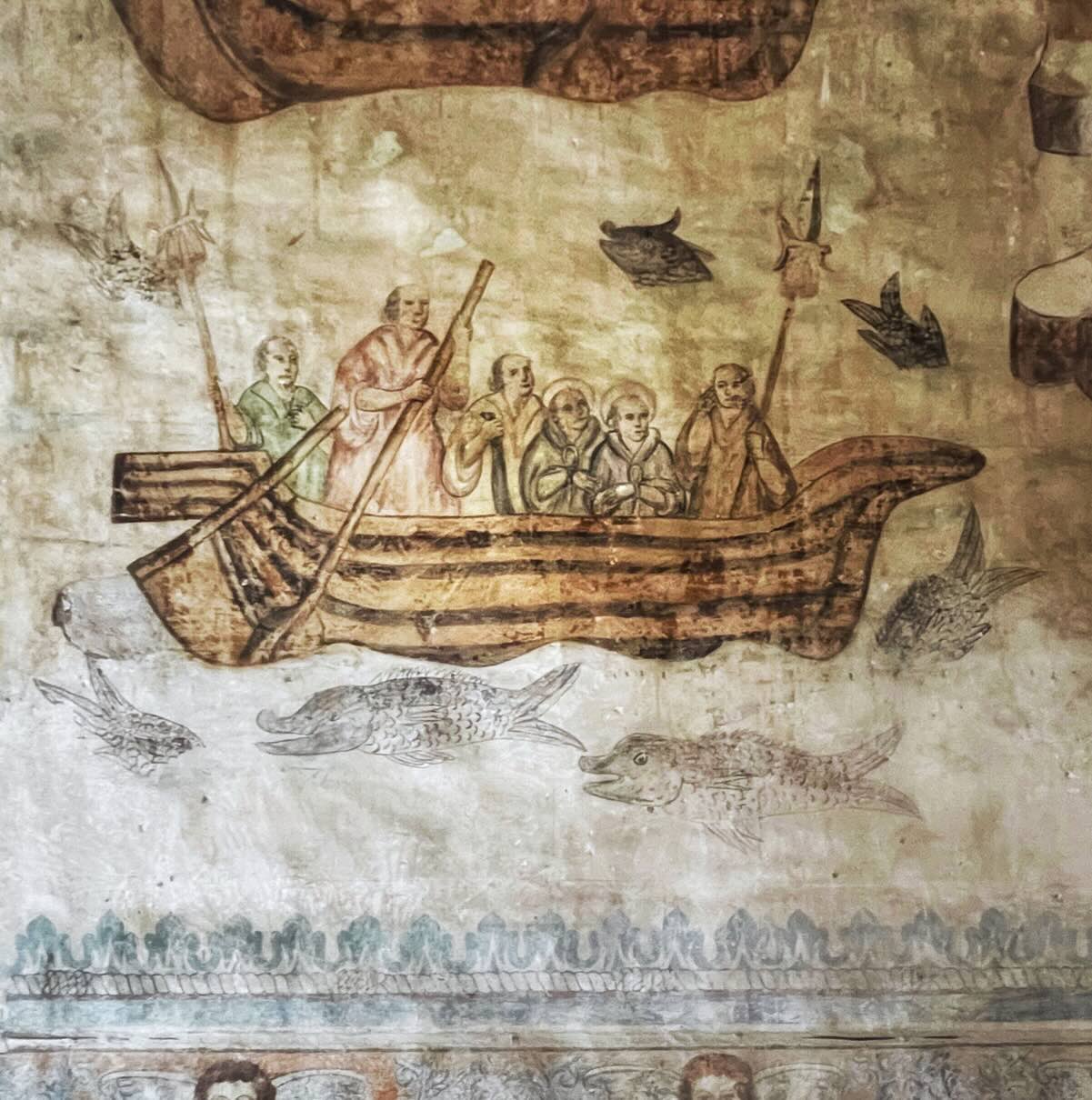About the Society for Early Transpacific Studies
The society was born with the idea of founding a community dedicated not to the investigation of a geographic region or territory, but to the study of the vast social space generated by the exchanges of the Manila Galleon.
Therefore, the term "Transpacific" is consistent with the definition of the Spanish Pacific. In other words, the Spanish Pacific of the early modern period is the space in Southeast Asia and the East that the Spanish Crown and its subjects imagined as a transpacific extension of the Spanish empire in the Americas, a region that included the Philippines and the Mariana Islands, where Spain effectively established itself as a colonial power, but also parts of China, Japan, and the Moluccas, which Spain mapped as part of the hemisphere assigned to it by the Treaty of Tordesillas of 1494.
This imagery was driven by the project of evangelization, which resulted in the imposition of Spanish moral codes and laws in officially conquered territories, such as the Philippines, and in varying levels of cultural and religious adaptation in impregnable areas such as China and Japan.
